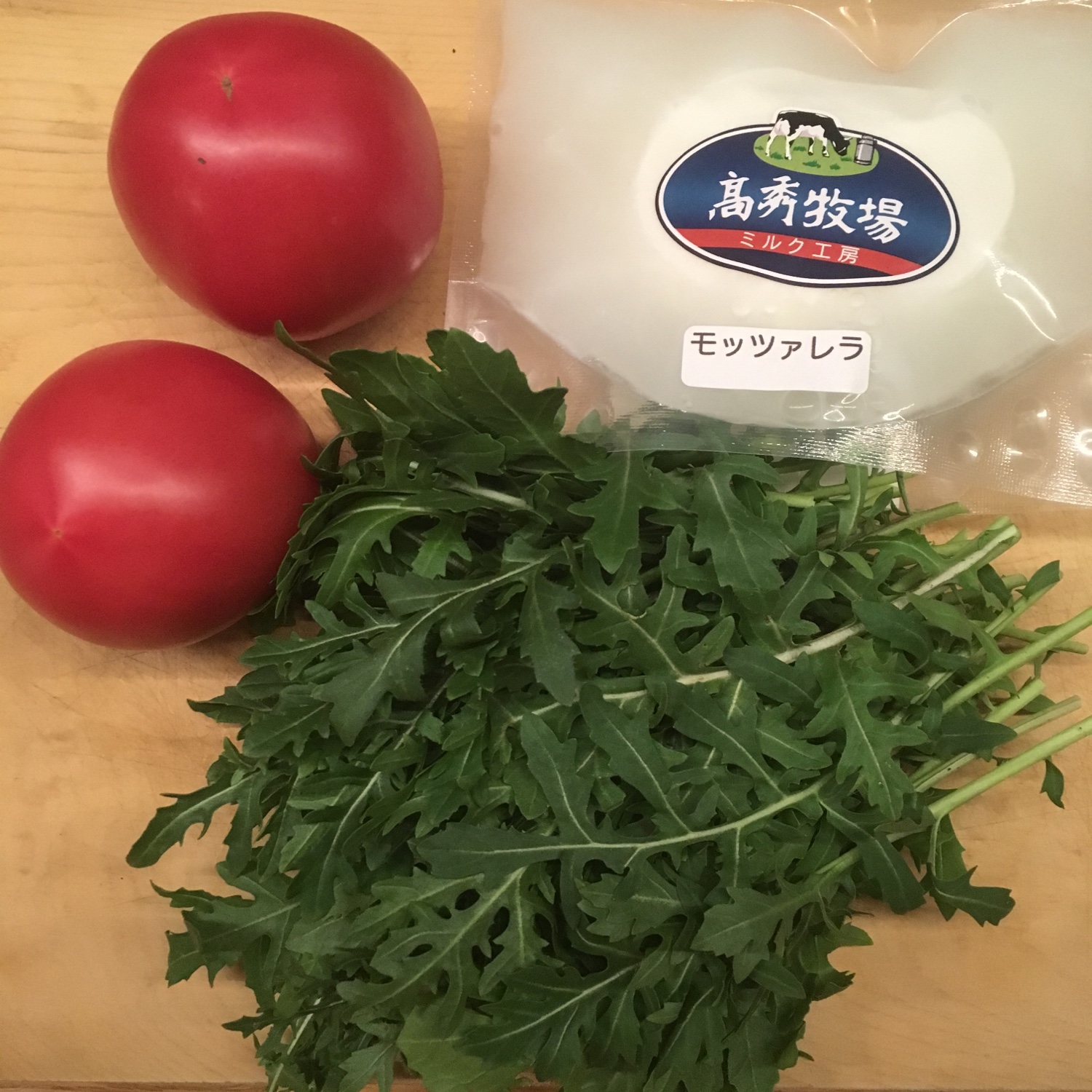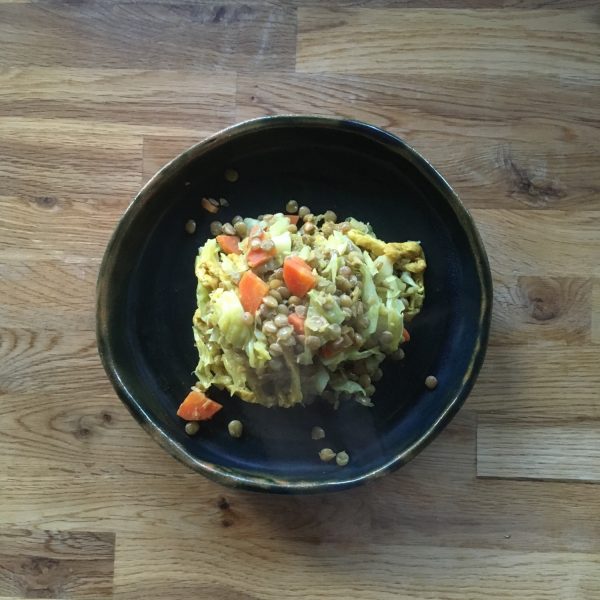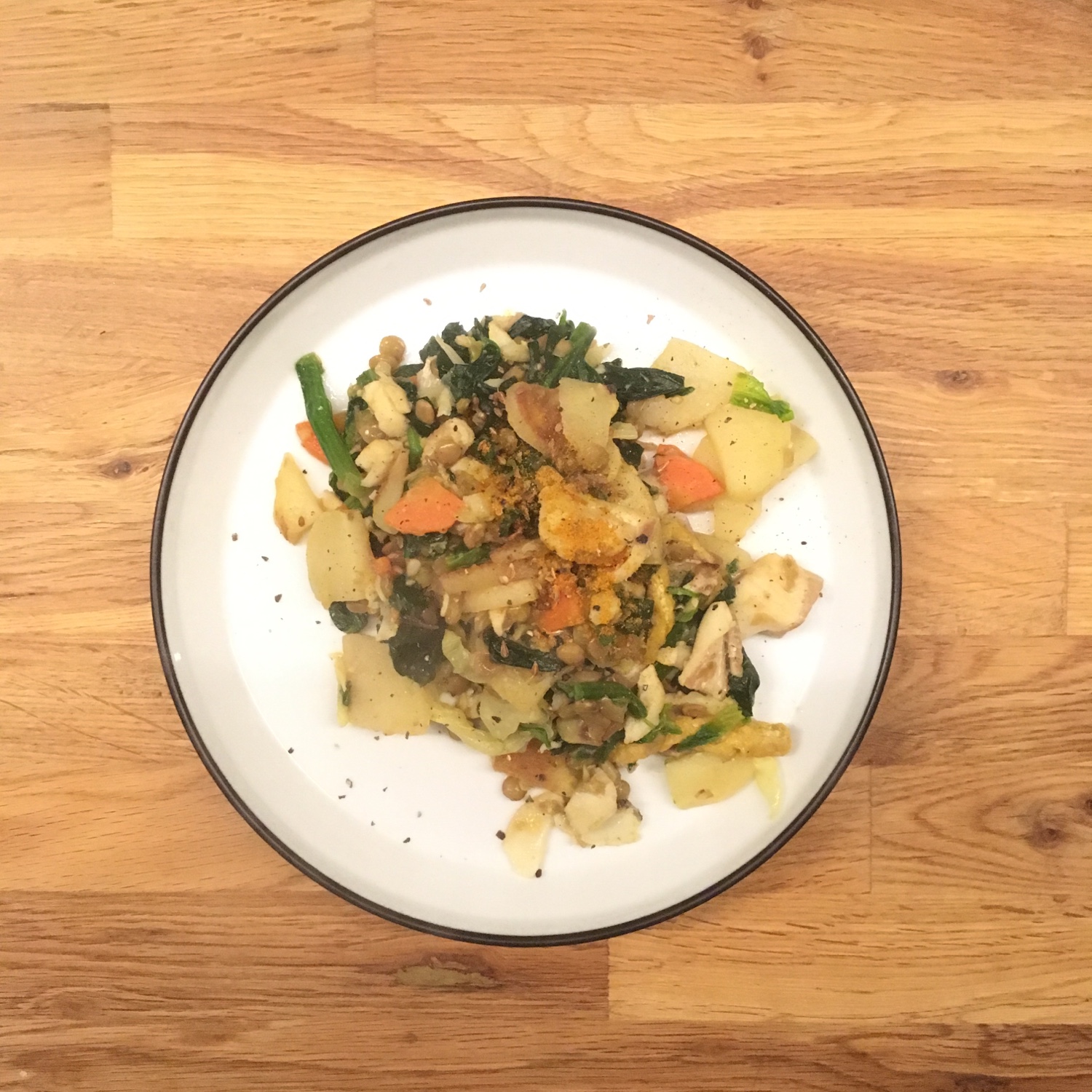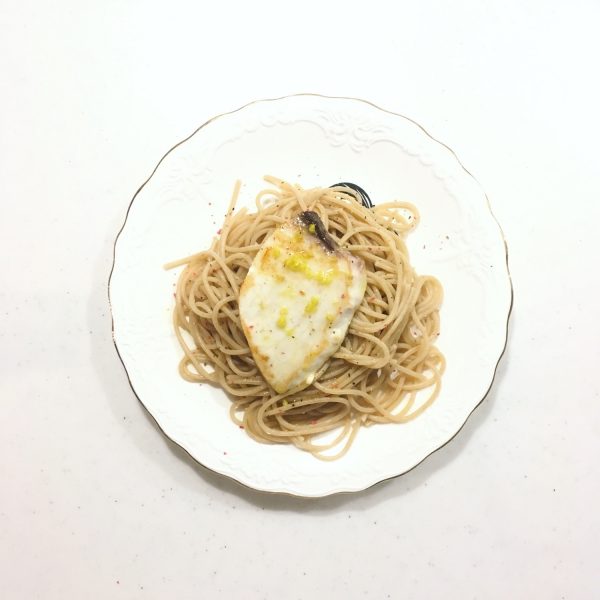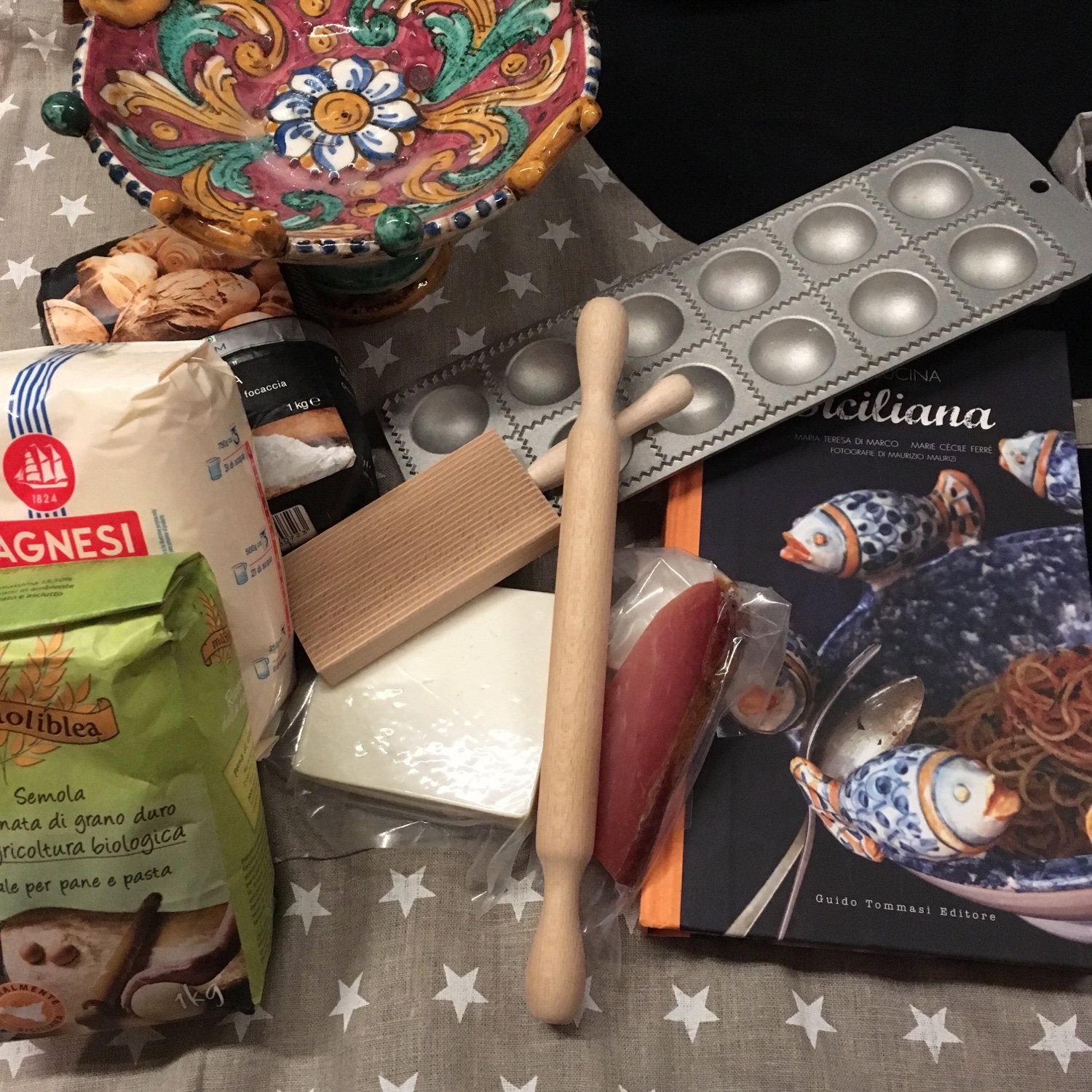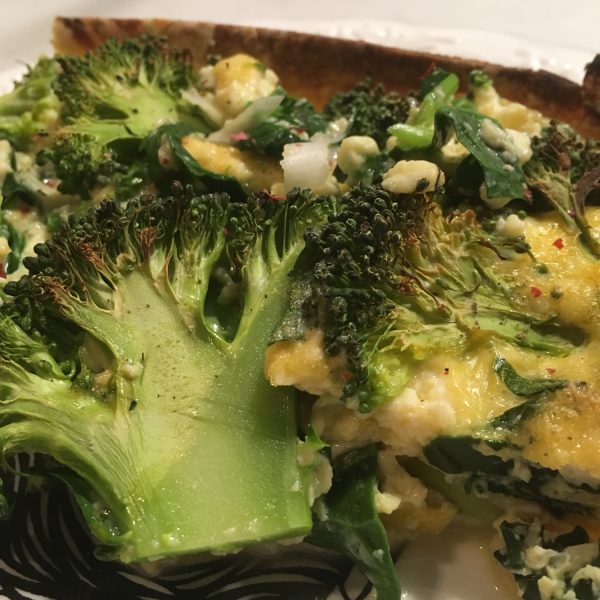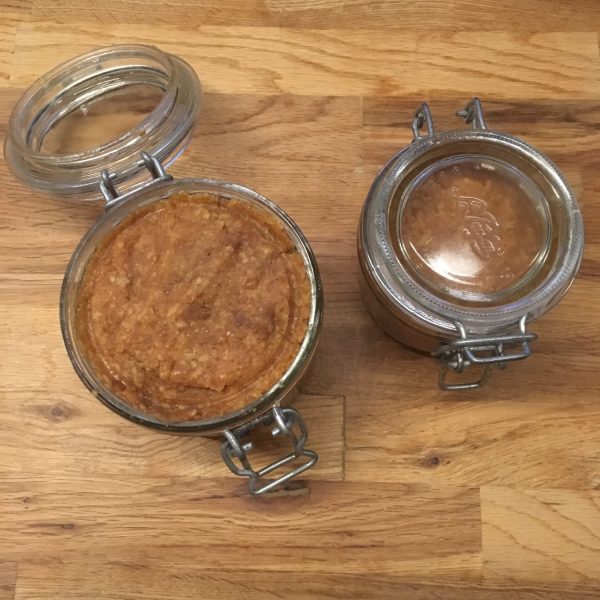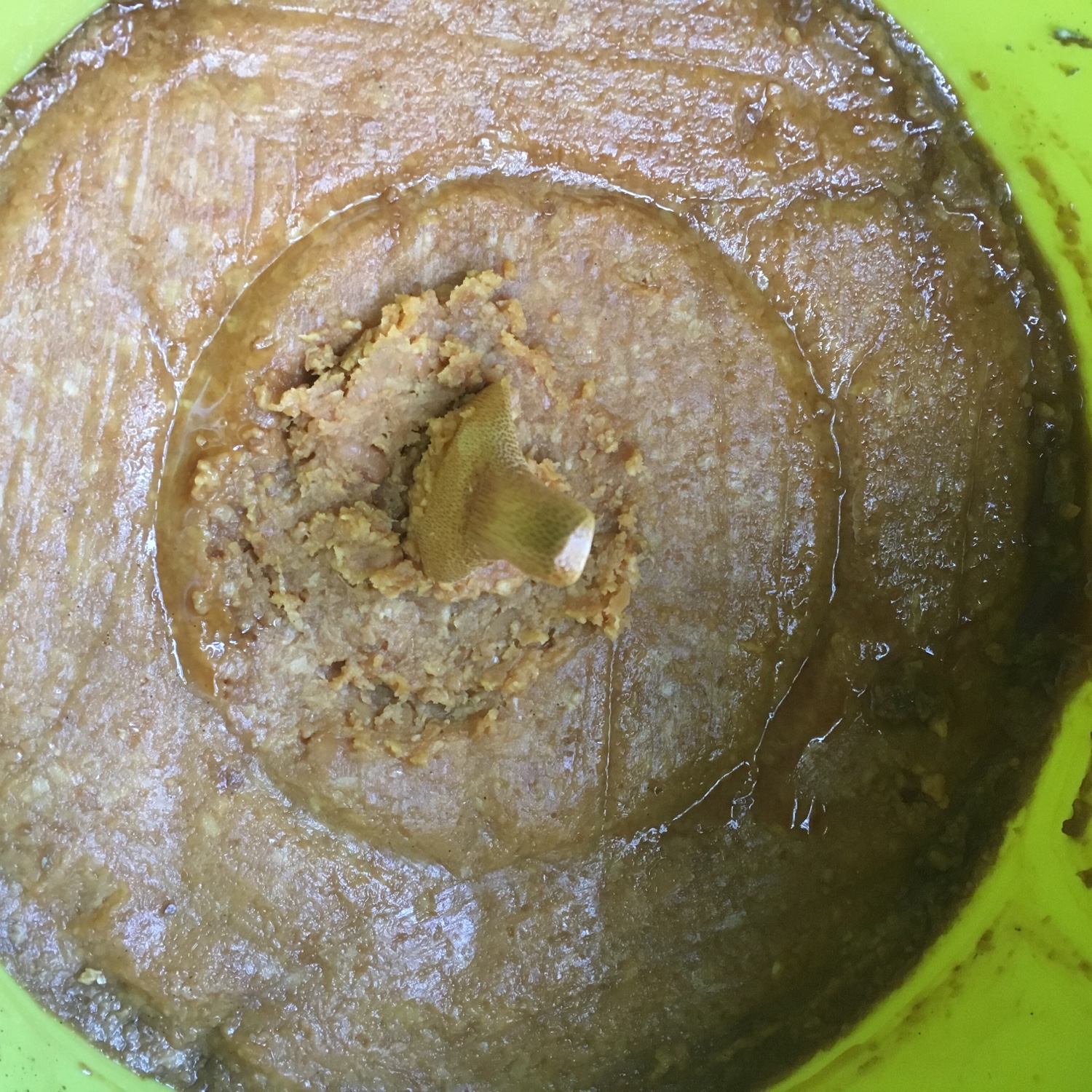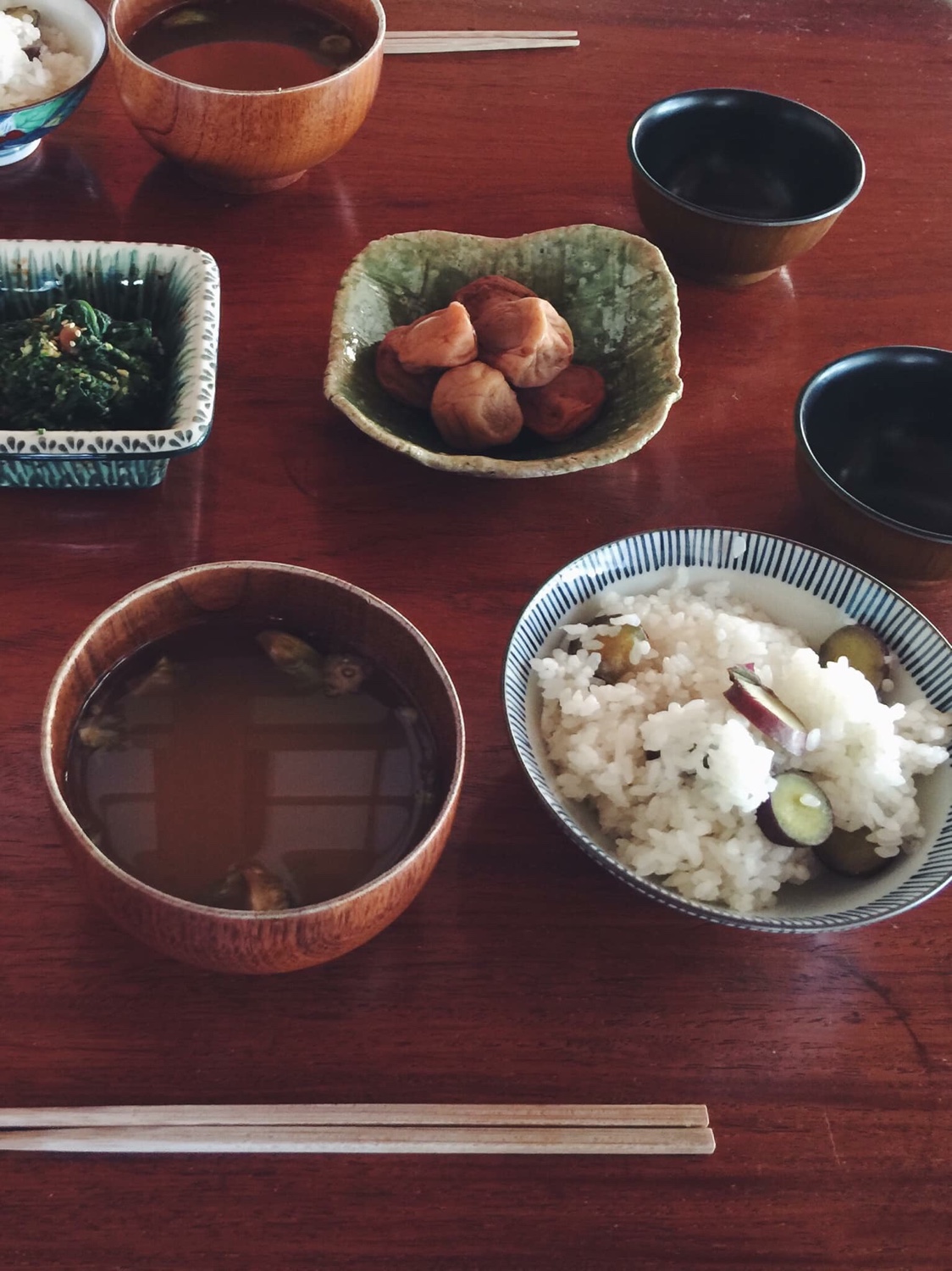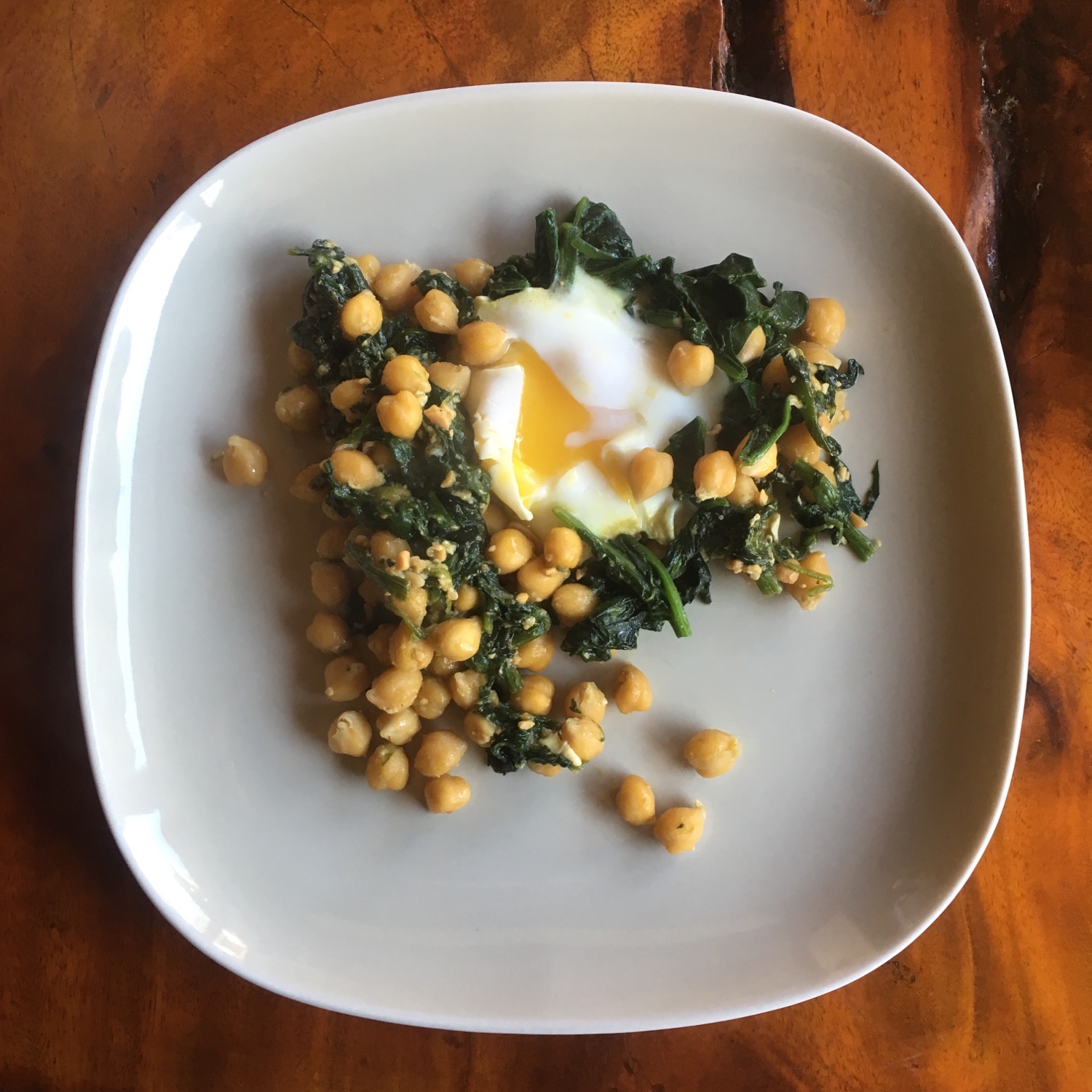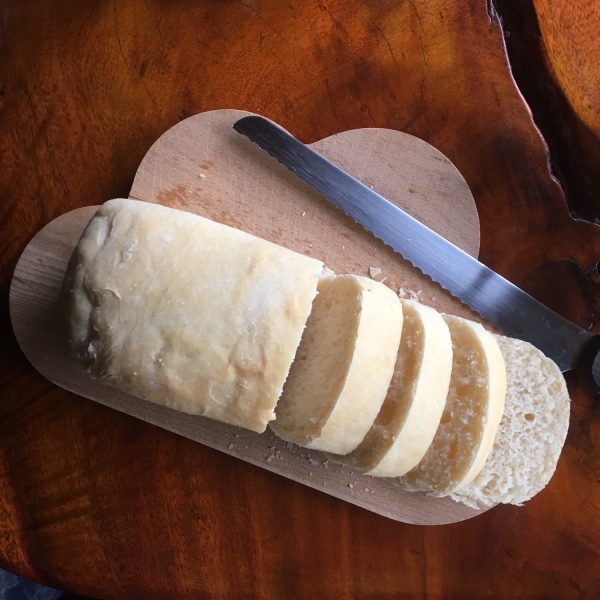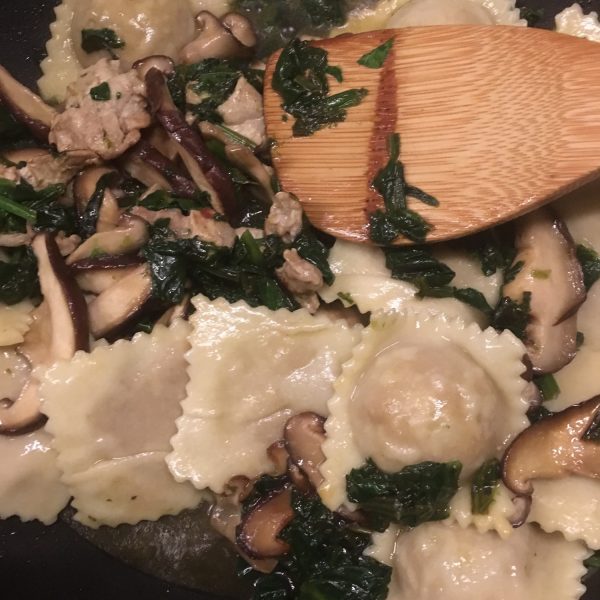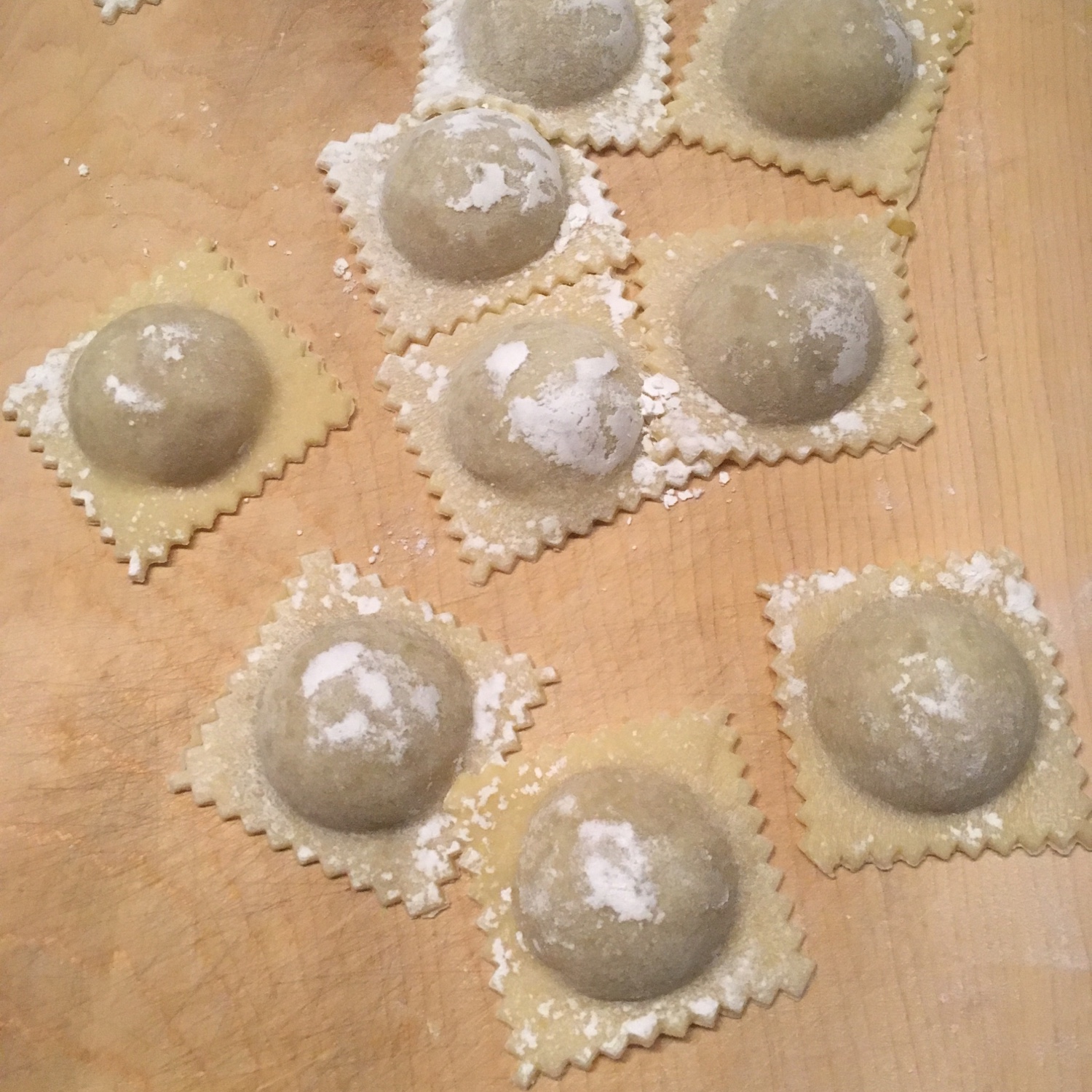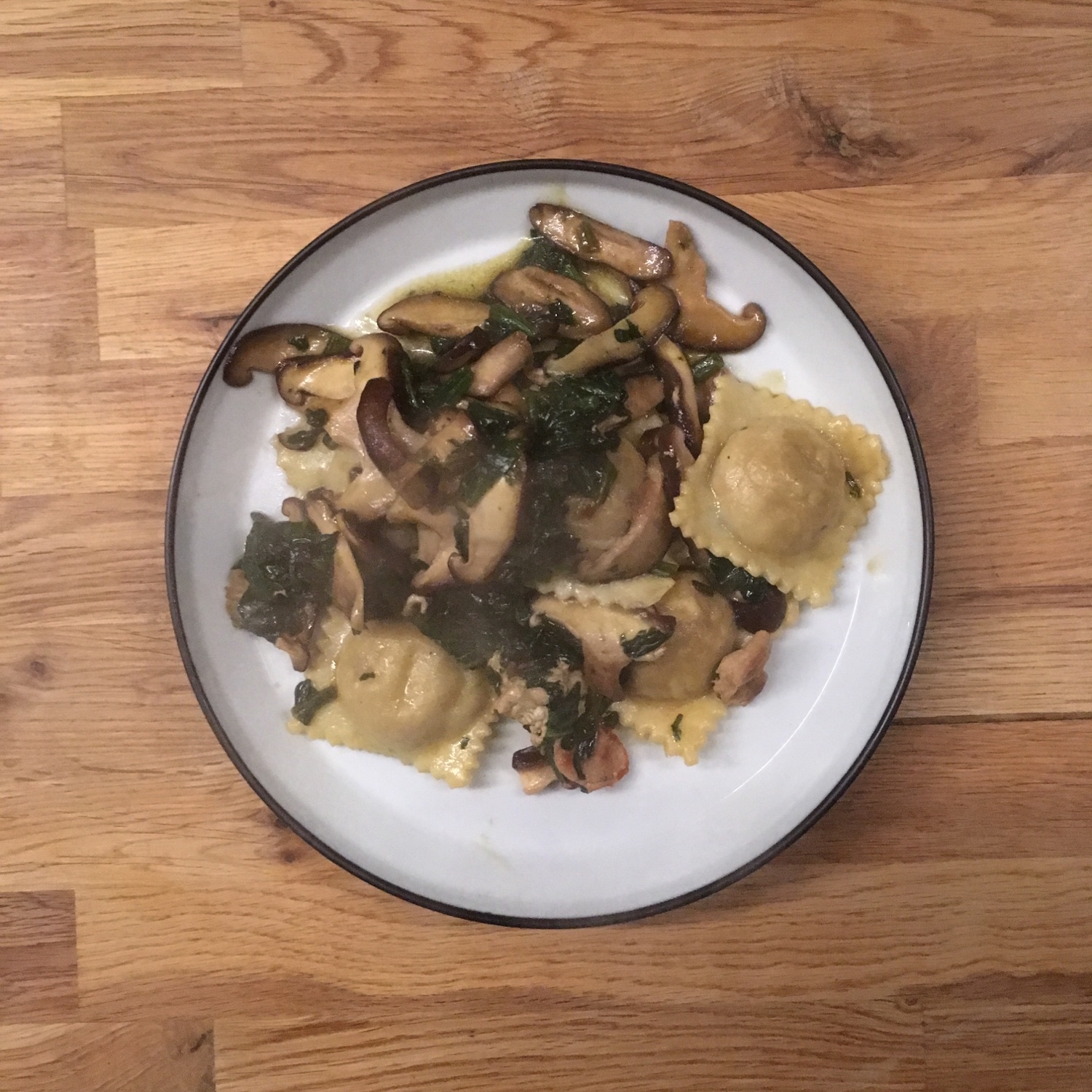When you can feel that winter is still here but you slowly get tired of the cold winds… the plum trees start blooming and the spring vegetables are arriving. I harvested already some time ago the first wild spring vegetables: fukinoto and canola will arrive soon, but today I want to talk about a winter vegetable which name says it all: Shungiku, that I like to translate literally by “spring chrysanthemum” (which made its entry in the glossary page) and I like to eat in the end of winter, is actually known more as “crown daisy”. Eaten in Japan in the winter until very early spring it has a very strong flavor, very characteristic of chrysanthemum hence probably the name, though it belongs to the daisy family. Usually used for nabe and rather thick and stiff, it is actually not easy to find smaller tender ones. The soft ones are much nicer and easier to prepare in more inventive recipes. And for some reasons, I find them more easily in the late season. I personally like to use them in replacement of spinach or as herbs.
I tried two different preparations that were both simple and in which the strong flavor was perfectly balanced by the other ingredients.
The first recipe is with lentils, turnip and shiitake; the second recipe is with red cabbage and penne. How do you like to cook your crown daisies???
Lentil and crown daisies
– 120g of lentils (green or brown)
– 2 shiitake
– 3 turnips
– a handful of crown daisies
– 1tbs if miso
Boil the lentils. Wash the vegetables, slice the shiitake and cut the turnips in small bites, chop in 2cm long the crown daisies. In a greases frypan at medium to high heat, cook first the shiitake, then add the turnips, when almost golden add the crown daisies, stir well, add the miso and 1tbs of water, stir gently while cooking for 2min. Serve the lentil, add the vegetables. That’s it!
Red cabbage and crown daisies (2 servings)
– 1/2 red cabbage
– 2 handfuls of crown daisies
– 125g of penne
– olive oil, salt and pepper
Boil the penne. Wash the crown daisies. Chop the red cabbage. In a large frypan greased with olive olive oil start by cooking the red cabbage. The add the crown daisies, finally add the boiled pasta.
Stir well until the vegetables are soft. Add salt and pepper and serve… well that’s it!



